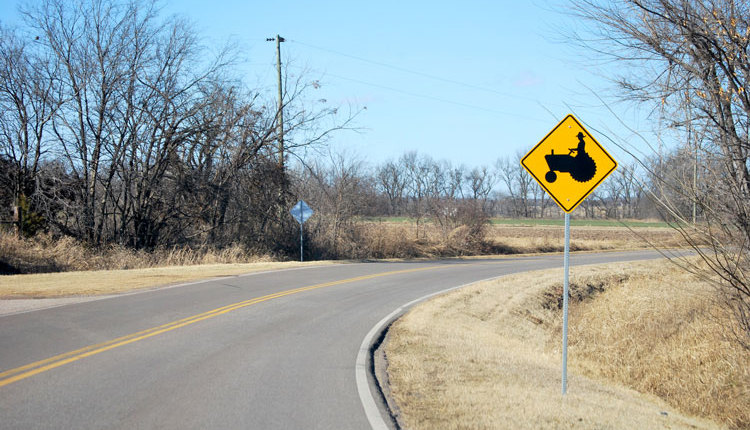
It’s not as exciting to talk about as your herd’s production levels, genetic accomplishments, or crop performances, but safety can be just as impactful on the farm’s bottom line. Safety matters because an injury-causing or fatal incident is not a gradual change — it immediately reshapes the farm, people, and community around it.
Just on the financial side, Michigan State Extension educator Martin Mangual said he’s heard estimates that a farm death can tally up a total cost of $6 million to the business. That’s not even considering the emotional and related tolls it takes on the farm. Yet, we don’t think those incidents will happen on our farms or talk about the concerns. “I’ve never had a farmer stop me at a meeting to show me the new barrier they put in on their farm or the new harness they got for working in the upright silos,” Mangual continued on a "Virtual Coffee Break" podcast episode.
He and extension educator Charles Gould discussed incident prevention practices in two of the highest-risk areas on the farm: the feed center and manure storage.
Feed storage represents a significant safety concern whether you’re talking about grain bins, upright silos, or piles and bunkers, Mangual said. In the common case of bunkers, asphyxiation from an avalanche and falls can both cause serious harm or even death.
Mangual’s first piece of advice to limit silage pile injuries is to plan ahead of time to size the piles right. “Many piles are determined by the amount of inventory, when, in reality, the height of the pile should be determined by the equipment I have to manage that pile,” he said. The rake or facer needs to be able to reach the top of the pile. This will help avoid creating dangerous shelves of silage or having people walk near the face.
A safe clearance zone for the bunk face is three times the height of the pile, Mangual said. Post signage and ensure employees are trained to not get closer than that. Take feed samples after silage has been defaced and removed from that zone. “Avalanches are quick. They often provide little to no warning, and if you are in that clearance zone, then you are at risk of being subjected to an avalanche,” he explained.
If employees must be on top of a silage pile to remove plastic and tires, Mangual advised having them use harnesses attached to the back of the pile and working in teams so that if an incident does occur, someone is there to provide a quick response. “When we’re talking about farm accidents, time is often the main determinant of how successful a rescue will be,” he emphasized.
Many feed storage best practices also apply to manure storage because asphyxiation is a risk there, too, along with engulfment or even explosion. Hydrogen sulfide, methane, ammonia, and carbon dioxide are the main gases to be aware of, said Gould. All have different danger thresholds.
Methane and carbon dioxide are both asphyxiants at sufficient levels, while ammonia is so pungent at dangerous levels that people will leave the area. Hydrogen sulfide is especially tricky because if it’s in really high concentrations, it numbs the sensory nerves in your nose so you don’t know that you’re in danger, Gould explained.
In addition to signage and fences that keep people away from manure storage, prevention includes having everyone who works around a manure pit wear a gas monitor. “Just because you’re outside doesn’t mean you’re safe,” said Gould, who stresses proper calibration of these tools with the custom manure applicators he works with around Michigan.
People working around manure must also be trained on proper agitation spots, the properties of these gases, and symptoms of potential danger, such as eye irritation. If someone does become overcome with gas, Gould advised using a self-contained breathing apparatus or a harness if available. If not, call 911. Do not enter the pit because then you’ll have more fatalities, he stressed.








